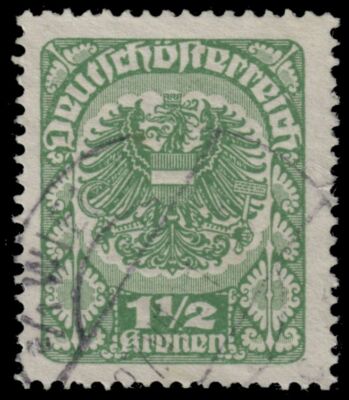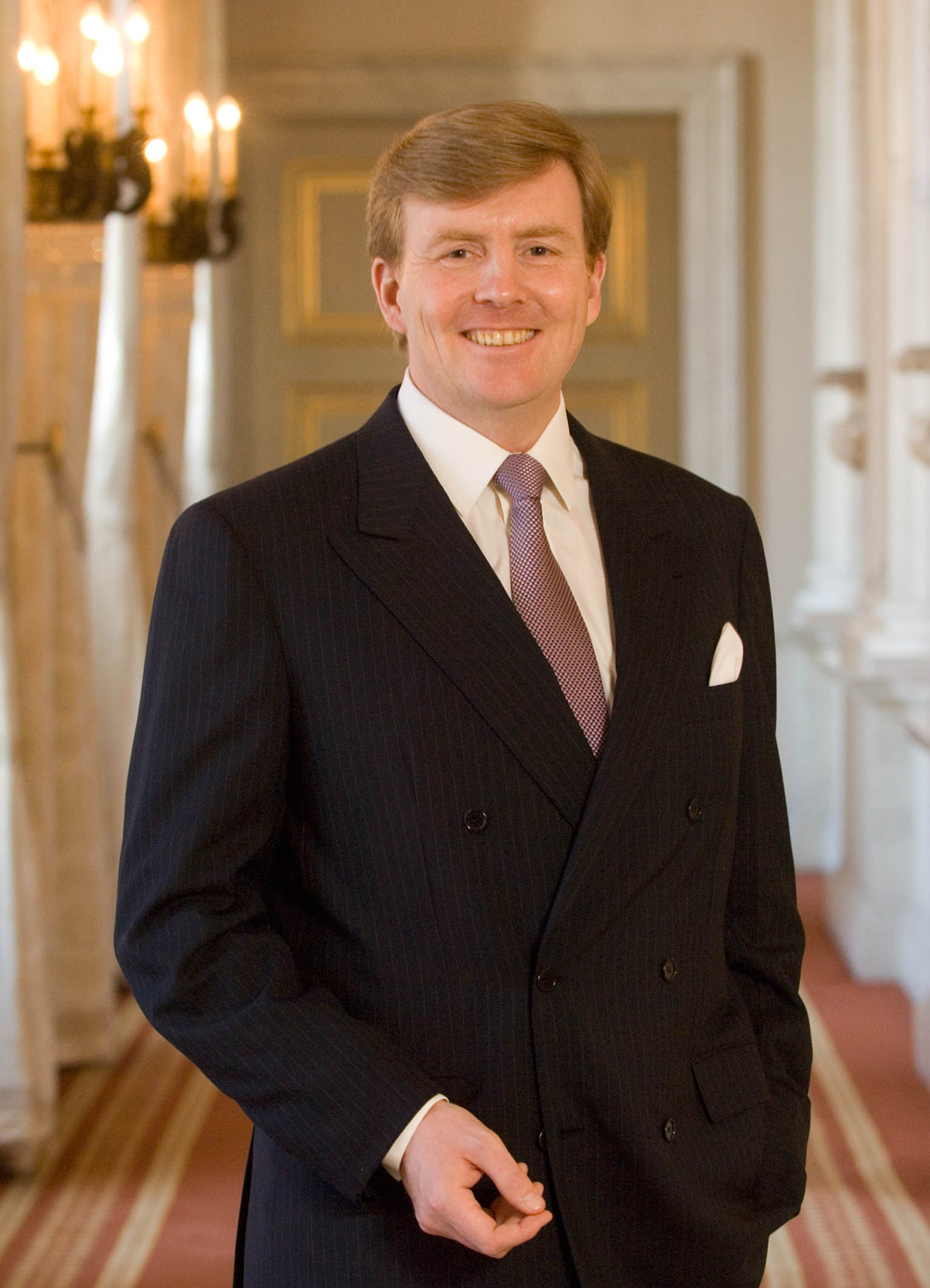
Introduction
Austria, located in the heart of Europe, is renowned for its breathtaking alpine landscapes, rich musical traditions, and historical significance. Its capital, Vienna, is famous for classical music legends, while the picturesque Tyrolean mountains offer year-round recreational activities. In recent times, Austria has been making headlines with its ongoing recovery from the impacts of the COVID-19 pandemic, particularly in relation to its tourism sector, which is vital to its economy.
Austria’s Tourist Appeal
In the first half of 2023, Austria’s tourism numbers showed significant signs of recovery. According to the Austrian National Tourist Office, the country recorded over 30 million overnight stays by international guests, reflecting a remarkable growth of 37% compared to the same period in 2022. This surge is attributed to the easing of travel restrictions and an increasing number of Americans and Asians traveling to Austria.
Major attractions such as the Schönbrunn Palace in Vienna and the historical old town of Salzburg have drawn millions of visitors, highlighting Austria’s unique blend of history, culture, and stunning scenery. The country’s commitment to sustainable tourism practices has encouraged more eco-conscious travellers to discover its hidden gems, from the vast vineyards of Burgenland to the adventurous hiking trails in the Salzkammergut region.
Recent Developments
In an effort to further boost the tourism sector, the Austrian government has recently launched several initiatives aimed at promoting less-visited regions. This includes investments in infrastructure to improve accessibility and the promotion of cultural festivals that showcase local traditions, arts, and cuisines. For instance, the annual Salzburg Festival, which features opera and theatre performances, is set to attract a record number of attendees this summer.
Moreover, Austria has introduced new visa schemes, including the ‘Digital Nomad Visa’, which allows remote workers to live and work in the country while experiencing its cultural heritage. This initiative is expected to not only enhance the economy but also foster cross-cultural exchanges.
Conclusion
Austria stands at a crossroads as it balances preserving its rich cultural heritage while adapting to changing travel trends amid the global recovery post-pandemic. The government’s proactive steps to promote tourism and sustainable practices are likely to bolster the economy and attract a diverse range of visitors. As Austria continues to re-emerge as a must-visit destination in Europe, both tourists and locals alike can look forward to a bright future that cherishes the past while embracing the present.
You may also like

Exploring Monmouth: History, Attractions and Community

The Royal Opera House: A Jewel in London’s Cultural Landscape
